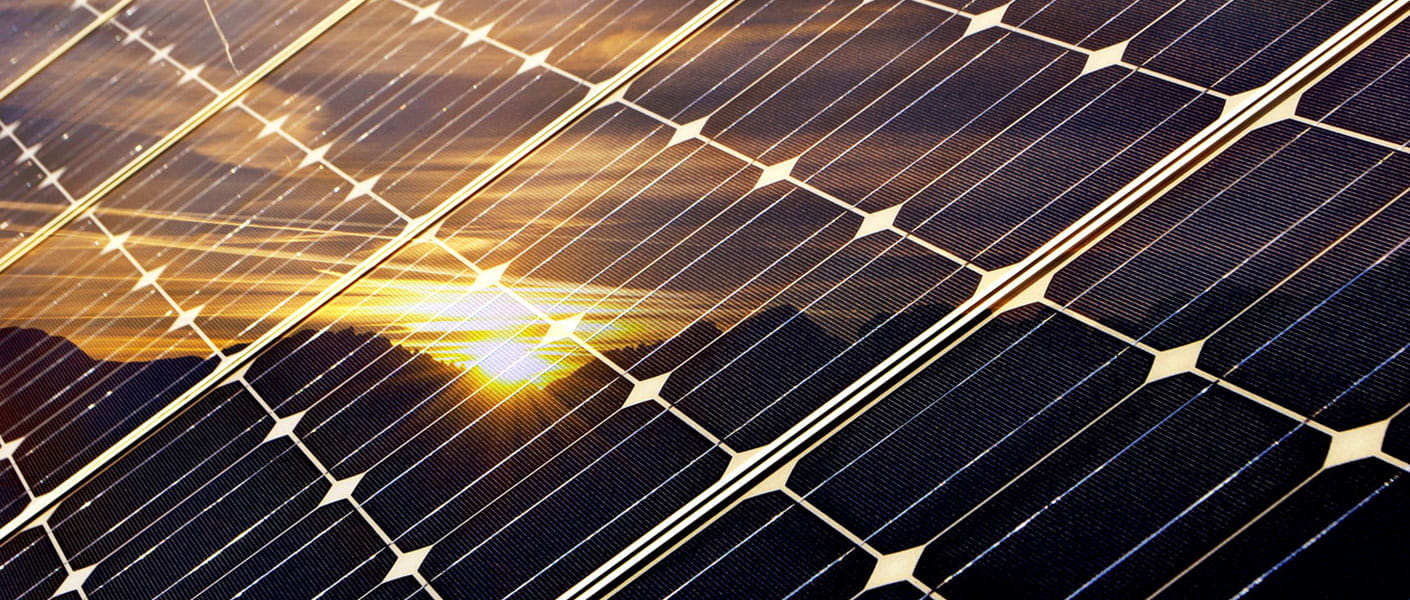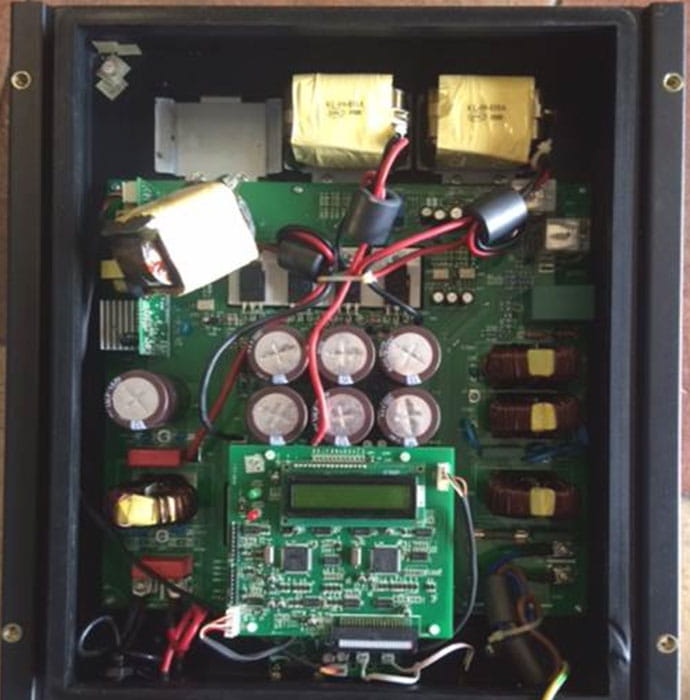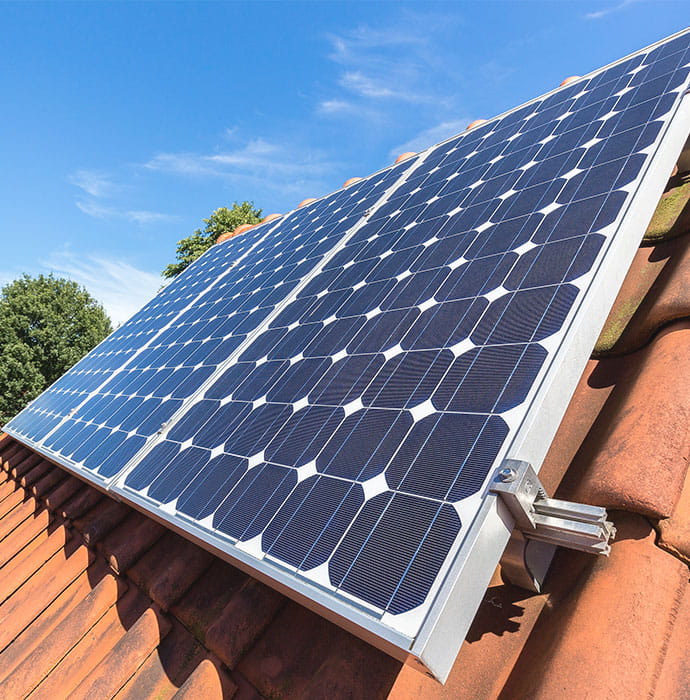Just recently I have had conversations with several people who cannot wait to get “off the grid”, citing the independence from “utilities” and control of their energy destiny as the major drivers. I can understand this rhetoric, and for me there is a great deal of satisfaction about generating your own energy off your own roof. I recently installed a solar hot water system and have not used one unit of input energy for hot water since – it makes sense in the location I live.
But I have to question the electrical off-the-grid value proposition. In my circumstance, I would not have had a power supply for some time, and while I think there are ways around this, in 30 years of paying electricity bills the longest I have been off the grid was just 6 hours following a major storm event. Sure, people’s circumstances and situations are different and there are obvious places where grid disconnection makes sense, like those on the fringes of grids with expensive grid connections, and in my situation I benefit from 50 years of public grid investment; but that reliability is a major responsibility which I am not sure people truly understand or correctly value.
This new inverter has several other capabilities which do incline me to more autonomy – actually, not autonomy, but being much smarter with the way I use my PV generated electricity. The inverter can handshake with other home energy management devices, including batteries, transducers, switches and tariff controllers. This can help me optimise my energy flows, arbitraging load to when it is cheapest and limiting my peak draw and hence reliance and impact on the grid. But that grid connection stays, and I really appreciate the reliability value it brings.
I have no doubt that rooftop PV will be the lowest cost supply option at the point of load in many places , but it will also have to integrate and operate within a bigger market construct. There are some hard truths lurking in here. Every system that has attracted a feed-in tariff like mine has been riding on the back of the grid and other energy users, and such tariffs are ultimately unsustainable – sure, they have done what they were meant to, driven evolution in rooftop solar and significant cultural change in a whole lot of good ways, but long term it should only do so in a manner that is fair, equitable, and allows optimisation across the whole consumer spectrum, which is of course no easy thing.
To get to the point where value crosses to everybody is going to take even more change. This will involve evolution and innovation in the way such systems use and interact with the grid – smart network owners already know this and are working towards optimising that future, something I’m touching in my professional role. It will also raise the prospects of innovative retail options, something my new inverter has already allowed me to consider and I’m now in discussion with several new entrants into my local supply equation who offer really attractive concepts - this would have all been unrealisable gibberish only a few years ago.
It makes you wonder just how far this might go. I think it is a very exciting future, and while I don’t trivialise the broader issues at play, and how much we still have to learn, ultimately this could be a very big, intriguing opportunity for us all.
This article was originally published on LinkedIn.




